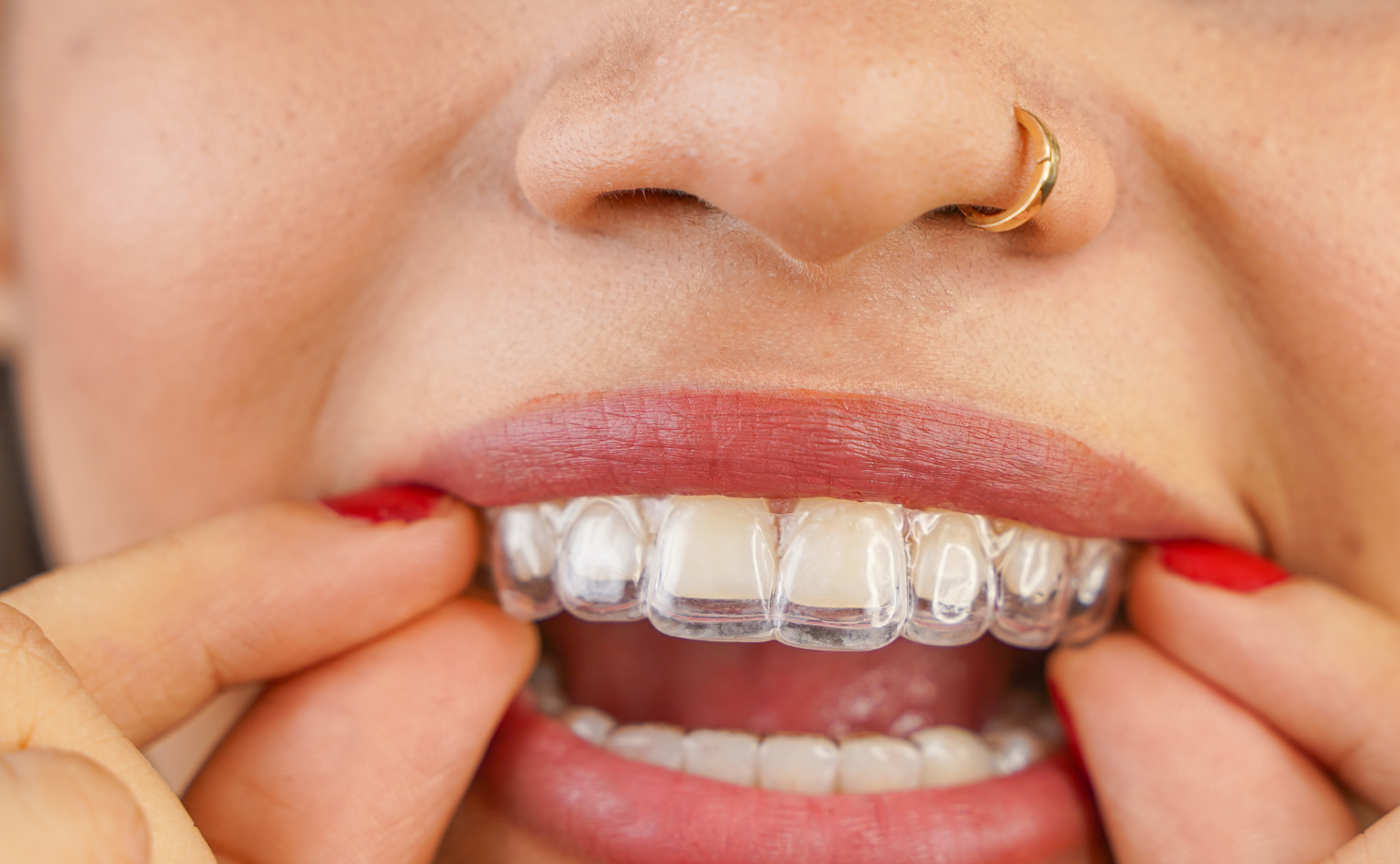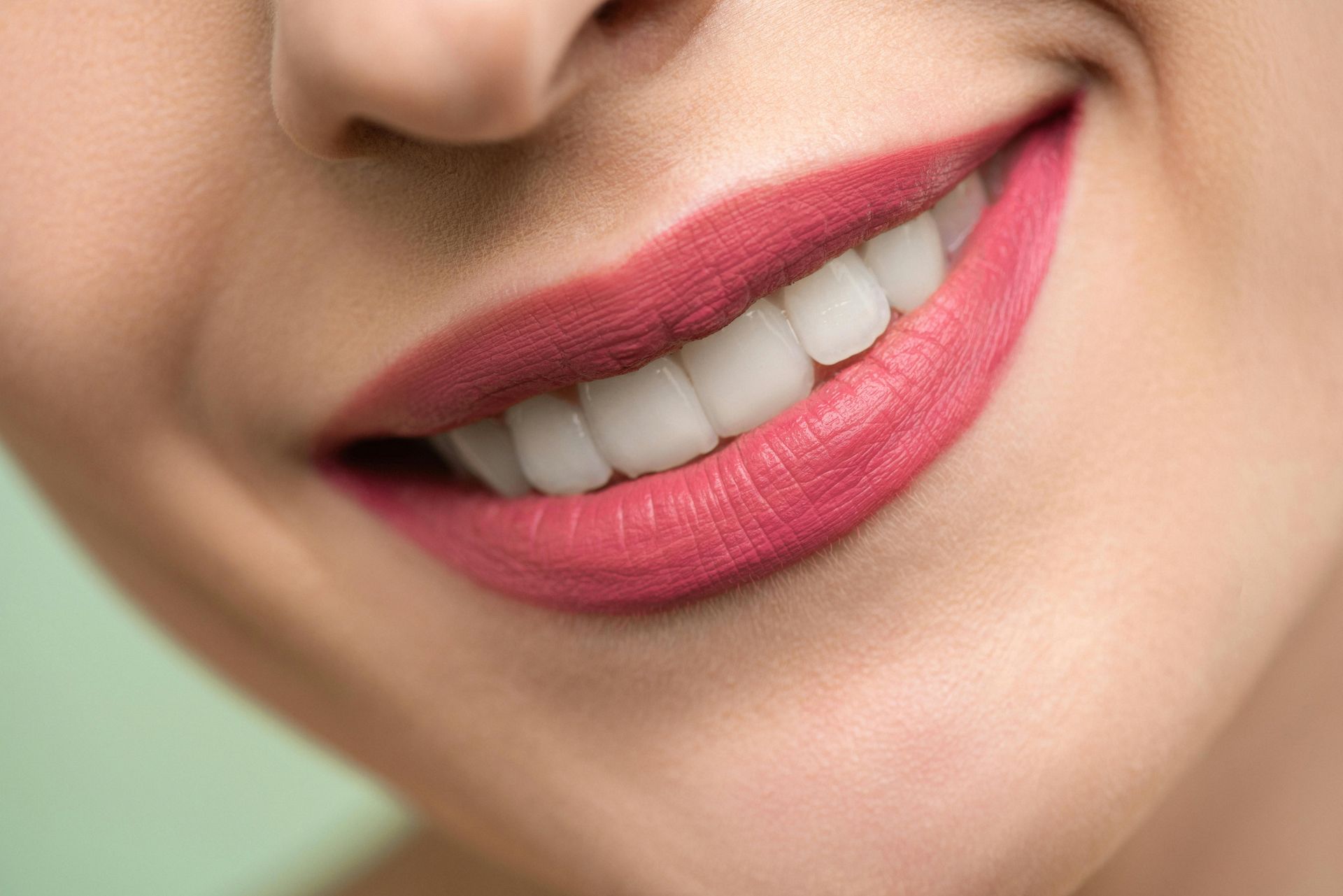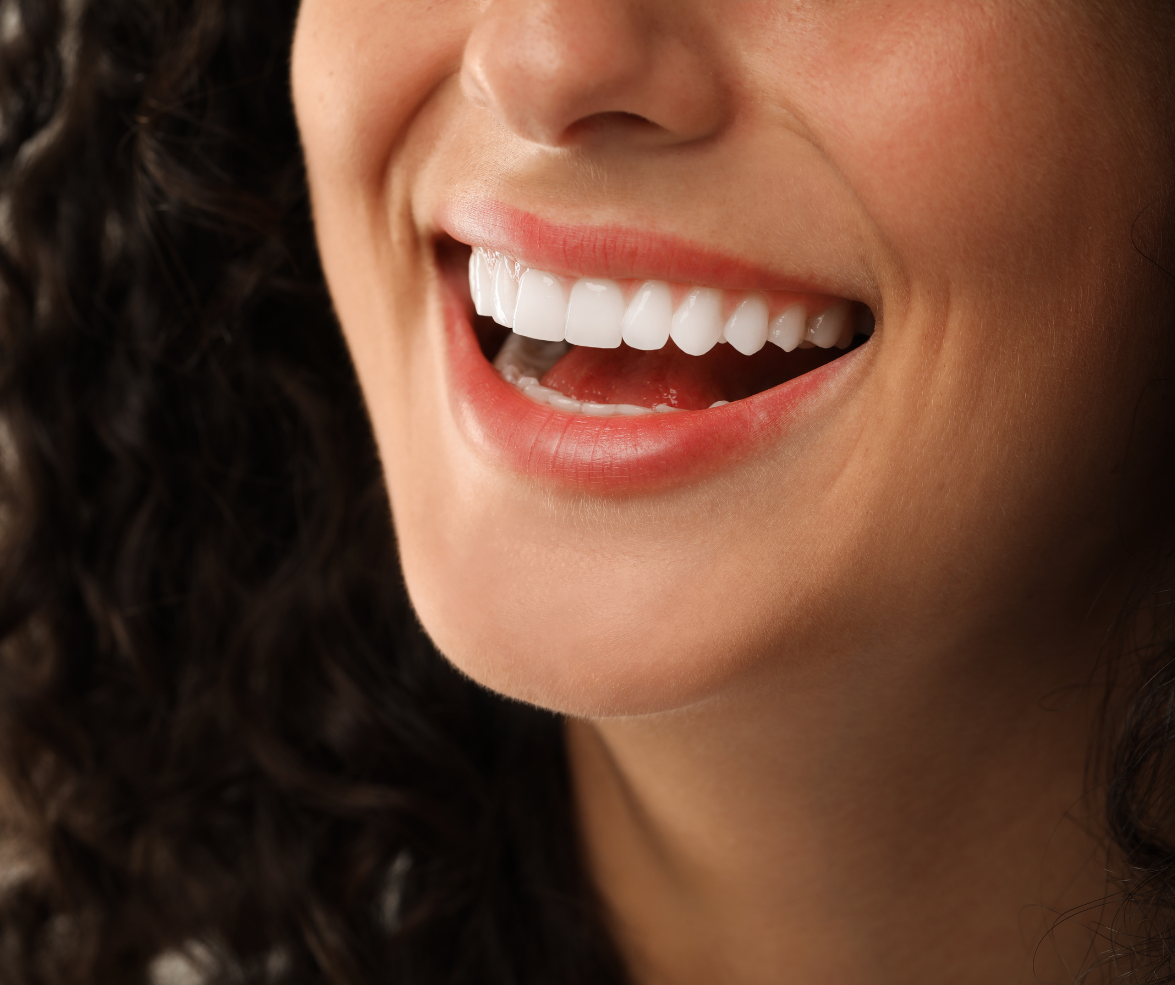Protect Your Tooth Enamel: Tips for a Healthier, Brighter Smile
Tooth enamel is your smile’s first line of defense—the hardest mineralized tissue in the human body. This protective outer layer shields your teeth from decay, cavities, and damage. But unlike other tissues, enamel cannot regenerate once it wears away. This is because the specialized cells that create enamel are lost once your teeth erupt, leaving no way for the body to repair damage naturally. Instead, dentists rely on synthetic materials to restore lost enamel, but nothing truly replicates it. That’s why protecting it is essential for long-term oral health and a lasting smile.
What Is Tooth Enamel and Why Does It Matter?
Enamel is the hardest substance in your body, but even it isn’t invincible. It acts as a barrier between your teeth and harmful elements, such as acidic foods, sugary drinks, and plaque. Over time, factors like poor oral hygiene, age, and dietary choices can wear down the enamel, leaving your teeth vulnerable to sensitivity, discoloration, and decay.
Enamel is developed through amelogenesis in which specialized cells produce and regulate the structure. The cells naturally create a dense, highly mineralized material which gives enamel its unique strength and resilience.
Due to the enamel being nearly all mineral, with only small traces of water and organic material, it has distinct properties that give teeth their unique color and translucent appearance. Genetics, nutrition, or environmental factors all affect its appearance, including discoloration or increased opacity.
How Tooth Enamel Gets Damaged
Tooth enamel can experience two main types of damage:
Abrasion
Abrasion happens when something hard rubs against your teeth, scratching the enamel. Common culprits include brushing with a hard-bristled toothbrush, using toothpicks improperly, or ill-fitting partial dentures or retainers.
I’ve seen several cases where improper brushing techniques or misuse of dental tools have caused significant enamel damage," says Dr. Lowrance. "One example that stands out is a patient who came in with severe enamel wear from brushing too aggressively with a hard-bristled toothbrush. Over time, the constant abrasion led to sensitivity and a higher risk of cavities.
We had to take action by switching to a softer toothbrush and providing guidance on proper brushing technique. I’ve also had patients who used toothpicks too forcefully or wore ill-fitting retainers, which led to enamel abrasion in specific areas. It’s always a good reminder that the right techniques and well-fitted appliances are crucial to protecting our enamel and overall oral health."
Erosion
Erosion occurs when acids break down enamel. These acids can come from what you eat and drink—like soda, citrus fruits, or sports drinks—or even from stomach acid due to acid reflux or frequent vomiting.
Erosion causes the enamel to have a much rougher surface and makes it easier for bacteria to get lodged or stick to the enamel, thus increasing the likelihood of cavities, sensitivity, and tooth fractures.
“I’ve definitely seen an uptick in enamel erosion lately, and a lot of it seems to be linked to the rise in popularity of sparkling waters,” says Dr. Lowrance. “People are often surprised to learn that even unsweetened ones can be acidic enough to wear down enamel over time, especially because the carbonation lowers the pH of the mouth, creating a more acidic environment.”, according to Dr. Lowrance.
Signs You May Have Worn Tooth Enamel
Wondering if your enamel is wearing away? Here are some tell-tale signs:
Increased Sensitivity
Do you cringe when drinking hot coffee or biting into ice cream? Sensitivity to hot, cold, or sweet foods is a common indicator of enamel erosion.
Beneath the enamel layer lies dentine which is a softer, porous layer filled with microscopic channels or tubules. When enamel has worn away, it exposes these channels, allowing heat, cold, and sugar to reach the nerves inside the tooth which causes that sharp and uncomfortable sensation.
Yellowing Teeth
As enamel thins, the darker yellow dentine underneath becomes visible, giving your teeth a dull, discolored appearance. The colour is due to the tubules within this yellow, giving it a naturally yellowish hue.
However, for those with genetic abnormalities, the color of the dentine may be different, ranging from shades of brown, gray, or even blue, depending on the condition affecting its development. Conditions like dentinogenesis imperfecta can change the structure and composition of dentine, leading to noticeable discoloration and increased tooth fragility.
Rough or Indented Surfaces
If your teeth feel rough around the edges or you notice small grooves on their surfaces, it’s likely your enamel has started to wear down. Acid erosion can cause broad, shallow dents in smooth surfaces or cause the natural shape and texture of the enamel to disappear.
Chipping or Cracking
Weak enamel can make your teeth more prone to cracks or chips, especially if left untreated. Chipping or cracking teeth also come with a much more translucent appearance, indicating the enamel has started wearing out.
If you’re experiencing any of these symptoms, it’s time to take action. Scheduling a dental checkup is the best way to evaluate your enamel and stop further damage.
When Is It Too Late to Repair Enamel?
Since enamel doesn’t heal like skin or bone, once it’s gone, it’s gone forever. The problem comes when the erosion has progressed too far. For instance, if the enamel has worn away to expose the dentin, it’s too late for natural repair.
In severe enamel loss, a dentist may recommend solutions like bonding, veneers, or crowns to protect the teeth and restore their appearance. These synthetic treatments do not replace enamel, but they may help strengthen and protect the remaining layer.
The key is catching enamel loss early. If you notice increased sensitivity, discoloration, or rough spots on your teeth, don’t ignore it. Once enamel is completely worn away, the only option is professional intervention.
Tips to Protect Tooth Enamel
Drink Soda or Sugary Drinks Using a Straw
Drinking with a straw may minimize the contact between your teeth and acids. Rinse your mouth with water afterwards to help neutralize acids. Brushing immediately after might seem like a good idea, but can cause more harm than good. Acid tends to soften enamel and brushing too soon can wear it down faster. Wait at least 30 minutes and let your saliva do its job to naturally remineralize and strengthen your teeth.
Avoid Dry Mouth through Proper Hydration
Speaking of saliva, dry mouth is another risk to your enamel. Saliva helps protect this layer by washing away food particles and neutralizing acids. If your mouth feels dry more often, drink more water throughout the day and consider chewing sugar-free gum to stimulate saliva flow.
Another tip you can also consider is mouth taping. Dry mouth is frequent among mouth breathers.
Mouth taping may help keep your lips closed at night and encourage nasal breathing to maintain moisture levels in your mouth and better protect your enamel.
Brush Your Teeth with a Soft-Bristled Toothbrush
Your brushing habits matter, too. A soft-bristled toothbrush and gentle pressure get the job done without unnecessary abrasion. And while whitening toothpaste can brighten your smile, some formulas are too abrasive for daily use and can contribute to enamel wear over time.
When it comes to whitening toothpastes, it's important to avoid those with high abrasiveness, as they can wear down enamel over time.
Avoid a toothpaste with a Relative Dentin Abrasivity (RDA) score of 250 or higher—this indicates the toothpaste is too abrasive. Ideally, choose a whitening toothpaste with an RDA below 150 to ensure you're effectively brightening your smile without damaging your enamel. Always check the packaging or consult with your dentist for recommendations on safe whitening options.
Fluoride is your enamel’s best friend. It strengthens teeth and helps reverse early-stage mineral loss. If you’re not already using fluoride toothpaste, it’s a simple and effective way to reinforce enamel daily.
Wear a Night Guard or Dental Split to Prevent Teeth Grinding
Finally, if you grind your teeth—whether during sleep or from stress—you could be wearing down enamel without even realizing it. A nightguard can help prevent further damage, so if you suspect grinding, it’s worth discussing with your dentist.
Conclusion
Enamel loss can change the way your teeth function, how they feel when you eat, and even how they fit together when you bite down on something. Over time, erosion can subtly shift your bite and lead to further wear or jaw discomfort. Most people don’t notice these issues until it worsens.
Another factor rarely discussed is the role of nutrition beyond just avoiding acidic foods. Your enamel relies on minerals like calcium and phosphate to stay strong. A diet lacking in these nutrients can make enamel more vulnerable to damage, even if you’re brushing and flossing regularly. Dairy products, leafy greens, and nuts are excellent sources of these essential minerals.
And here’s something else to consider—stress. It might seem unrelated, but chronic stress can contribute to teeth grinding, dry mouth, and even acid reflux, all of which accelerate enamel erosion.
If you’re noticing signs of wear, schedule a consultation with Austin Elite Smiles in Avery Ranch. Our team uses the latest in dental X-ray technology to assess your enamel health and 3D wellness scans that can keep track of these things over time. We’ll offer personalized solutions and help protect your teeth for years to come. Here’s to a stronger, healthier smile!














